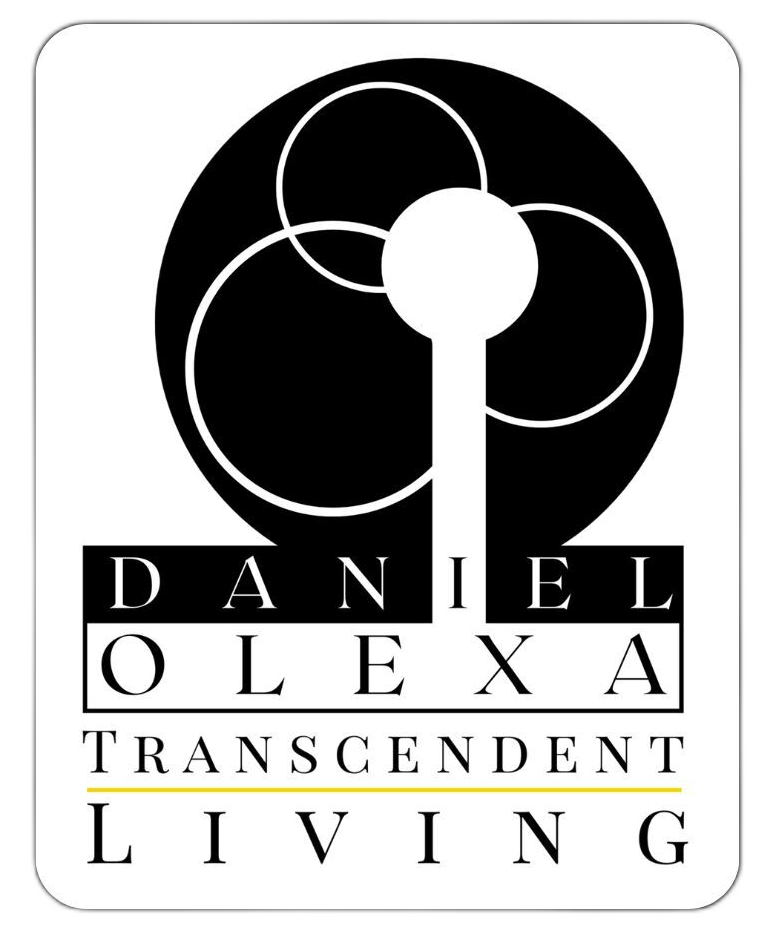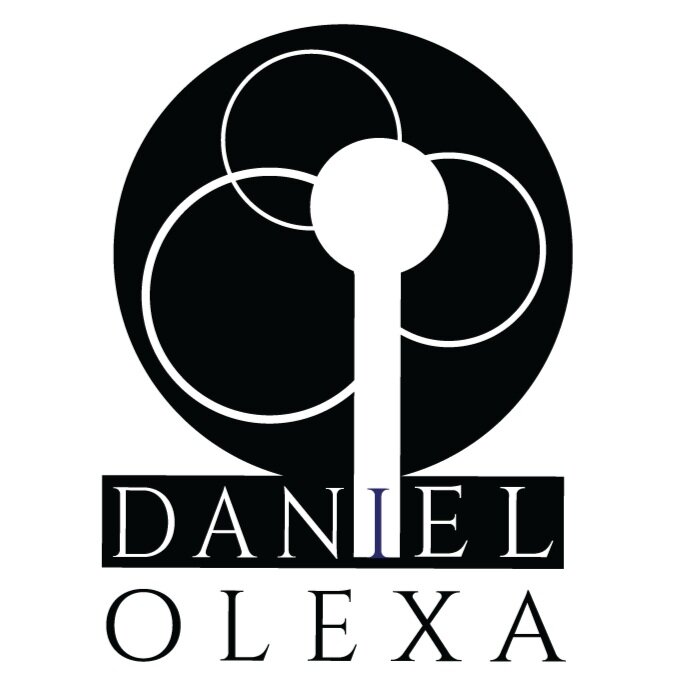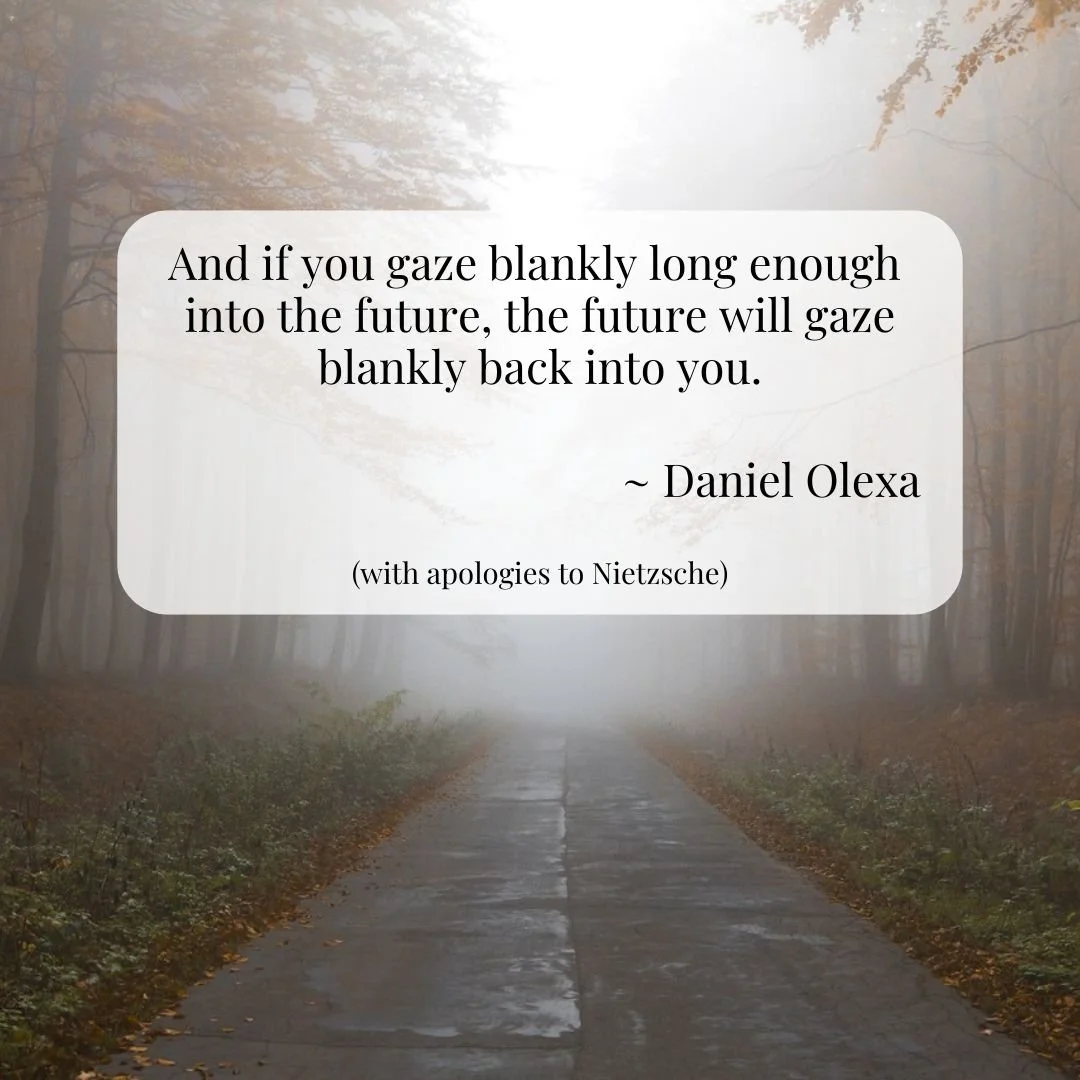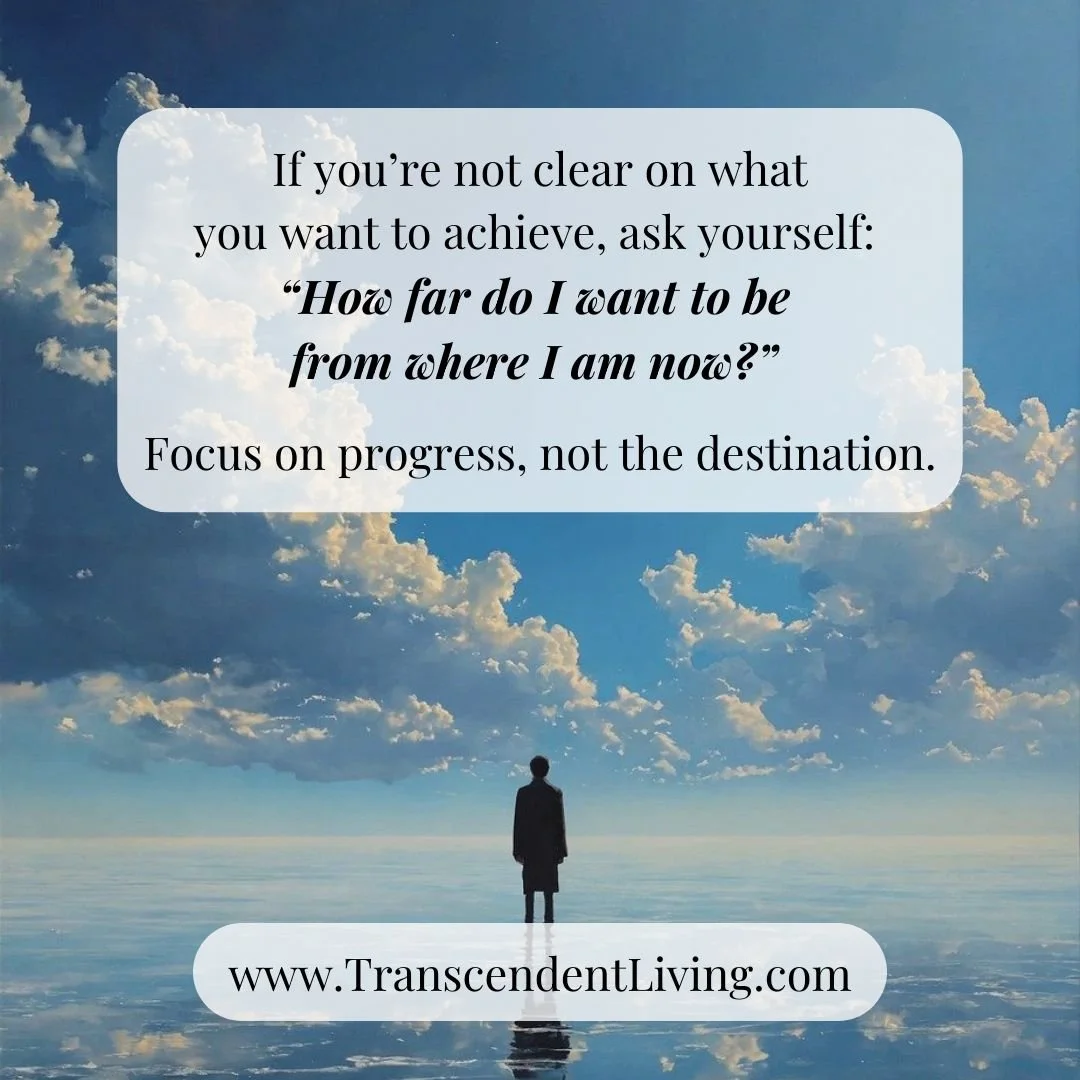The Hidden Trap in Goal-Setting They Don’t Want You to Know About
Presented for your consideration, three simple, but meaningful questions: (I love it when I can channel my inner Rod Serling!)
A. What is the leading cause of failure?
Go ahead…take a few guesses. I won’t give you the answer just yet.
B. What is the most common element in nearly every model of goal-setting?
Take your time. Think about it. Phone a friend if you need to.
OK. Lock in your final answers.
Ready?
The answer is the same to both questions: Measurement.
Yup. The most common element in goal-setting is also the leading cause of failure.
That’s a cheery thought just a few weeks away from your New Year’s resolutions. Why bother setting a goal if you’re just setting yourself up for failure?
Could that maybe be why you’re afraid to actually set big goals and take action on them?
If you set a measurable goal and don’t reach it, what will you call yourself? Most people would call themselves failures; they didn’t reach the mark.
Or, we could look at it in reverse: if you don’t set a measurable goal, you can’t fail. You can be a success by staying right where you are. Which I bet is not where you want to be much longer, or you wouldn’t be reading this article on my website.
Worry not dear reader, I have a solution for you. Right after this important message.
[COMMERCIAL INTERRUPTION]
One of the oldest tropes in management is this one that I heard spoken as gospel back in the ‘80s & ‘90s, “If you can’t measure it, you can’t manage it,” attributed to W. Edwards Deming, the father of Quality Management. (Stay tuned…there’s a plot twist coming…)
I heard it so often that I still recoil from the words like Indian Jones tries to avoid snakes. But for you, I shall venture on.
The idea in this quote is that if you aren’t paying attention to what is happening, where you want to be, and/or have a way to quantify the experience, you will not be able to manage the process.
Eh, fine, sure, whatever. It’s a damn lie. The ‘80s just called. They want their business jargon back, Mr. Gekko.
Even Forbes has exposed the myth of this idea.
[PLOT TWIST!] Because this is NOT what Deming said. His quote is actually saying the opposite:
“It is wrong to suppose that if you can’t measure it, you can’t manage it – a costly myth.”
– W. Edwards Deming, The New Economics.
[AND NOW, BACK TO THE SHOW]
Gaze into the future…
Welcome back!
So many aspects of life are not measurable, nor do they need to be. Happiness, satisfaction, gratitude, love, etc…our core internal emotional states that actually drive our experience of life. These are the elements that create our level of engagement and energy.
Question: If you don’t set a New Year’s Resolution and declare what you want to be different on some date next year, how will you know if you arrived at your destination?
That question is very close to the classic ‘measure of success’ question that is asked at the start of coaching sessions, particularly those recorded for International Coaching Federation credentialing evaluation.
It’s a way of determining if the session provided value; a real ‘begin with the end in mind moment.’ Once the topic of discussion is set, what would the client like to get out of the coaching conversation?
Ideally, we’re exploring issues they have not talked with anyone else about. They’re in the moment, walking uncharted territory without a sense of where it may lead…yet.
If asked too soon, this question will just result in the client freezing and locking up as they start thinking about a destination, realize they are in the unknown, and become a deer in headlights.
Once again, measurement can be the enemy of success.
the art of Driving in the Fog
When I’m working with a client, one of the most common answers I hear when I ask, “What do you want to achieve?” is some variation of “I’m not sure/I don’t know/It’s not clear.”
It’s a pretty typical human reaction when we’re locked up in stress, living according to the wishes of others, being people-pleasers, following ‘the rules,’ and not being the authority in our lives. Looking to others for answers just gets us more confused as they tell us what they think we should do.
My clients tend to have a general sense of the direction that they want to go in, but they do not yet know where it leads as they’re experiencing uncertainty. They’re fogged in, afraid to make a wrong move.
We could wait for the sun to come up, or we could start driving, SLOWLY.
As we’re on the road together (I ride shotgun), their fog tends to lighten as being in action brings clarity.
In this new light, they look around and say, “This is what I’ve been looking for! I had no idea! I feel GREAT!”
did you notice the difference?
Compare that experience to the idea of setting a measurable goal. What was the goal when we started?
There wasn’t one. At least not a clear and quantifiable one. Yet, we arrived where we were supposed to, on time and on budget.
We had nothing to measure beyond the energy they brought to each meeting in comparison to the previous sessions.
It feels appropriate to mention Steve Jobs here:
“You can't connect the dots looking forward; you can only connect them looking backwards. So you have to trust that the dots will somehow connect in your future.”
How can you create a change in your life without setting a goal?
Here’s the secret that no one talks about, that they don’t want you to know:
Just get moving. Take action in a direction. There is no need for a goal - there’s need for movement.
If you’re not clear on what you want, don’t set a measurable outcome as a goal, instead just get moving in the direction your energy leads you. In time, you can look backward and see your progress.
Too often forward-facing goals leave us frustrated as we focus on the gap between where we currently are and our destination. We forget to notice our progress because we’re driven by a measurable outcome. (There’s that damn word again, creating failure.)
That leads to self-sabotage and giving up.
You know what you want to move away from…start moving away from it. Don’t be afraid of things getting worse, (don’t they suck enough already?) be courageous enough to just get moving.
Move slowly to start and find your confidence from action.
There’s nowhere to be but where you are in any moment. Be there. Be present there.
When you start to notice your energy, emotions, and engagement improving, pause to take a look around. How far have you come from where you were?
Let it all make sense from there, rather than trying to see into the future right now. Let the dots connect as you look back.
You’ve come a long way, baby!
“The Journey is the Destination”
~ Dan Eldon
Enjoy!
Check back with me. I’d love to hear about your progress!




